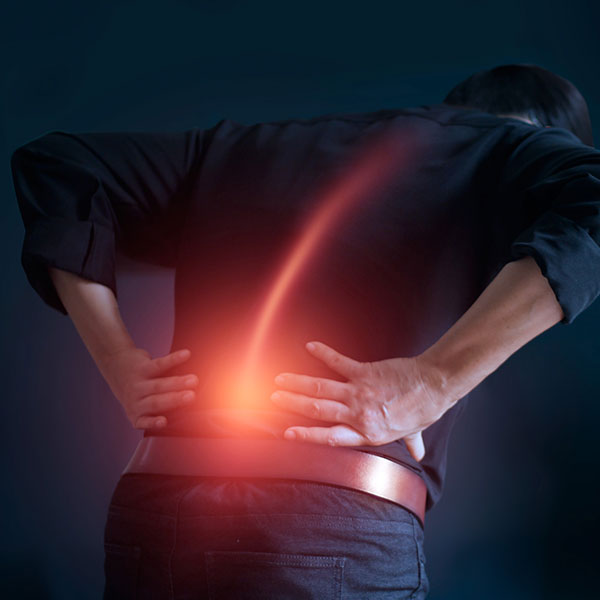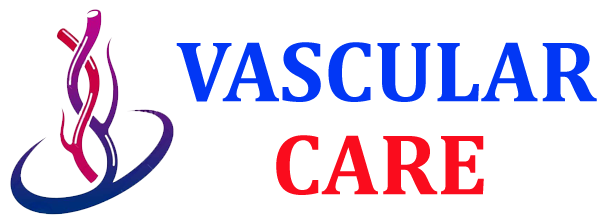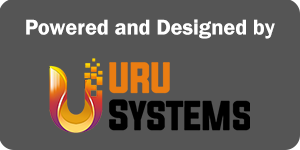Spinal Compression Fractures
What Are Spinal Compression Fractures
Spinal compression fractures are small breaks in the vertebrae—bones that make up the spine. They occur in the thick, rounded part of the vertebra (called the “body”) and are most common in the thoracic (middle) spine.
Learn more about the signs and symptoms of spinal compression fractures, along with preventative steps, and the treatments we offer to help get you back to normal life.
Causes Of Spinal Compression Fractures

Signs & Symptoms Of Spinal Compression Fractures
- Back pain, especially with slight back strain
- Pain that worsens upon standing or walking with some relief when lying down
- Tingling or numbness in the back, possibly caused by a pinched nerve or nerve damage
- Reduced mobility or difficulty bending or twisting
- Loss of height
- Hunched-over appearance or a curved or stooped shape to your spine (also called kyphosis)
Imaging tests such as X-rays, CT, or MRI scans can be used to confirm vertebral fractures.

Risk Factors
Most spinal compression fractures are a result of osteoporosis—a condition that weakens the bones, making them more likely to fracture. These fractures can occur during injury, strenuous activity, or other sudden movement.
Prevention Of Spinal Compression Fractures
Dietary and lifestyle changes can help reduce the risk of osteoporosis and spinal compression fractures:
- Consume plenty of vitamin D and calcium
- Stop smoking or using tobacco
- Avoid excessive alcohol consumption
- Get regular exercise, including increasing weight-bearing and muscle-strengthening activity
If you’re over 50, talk to your doctor about having a bone density test or starting medication to slow bone loss that occurs with aging. Seek medical help if you have sudden back pain.
Treatment Of Spinal Compression Fractures
At Vascular & Interventional Specialists, we offer minimally invasive treatments to help reduce pain and restore your normal spinal curvature and function.
- Vertebral augmentation – Vertebral augmentation (also called vertebroplasty) uses a small balloon-like device inserted by a needle to open up a space in the affected vertebra(e) and inject a special bone cement to stabilize the affected vertebra(e) and reduce pain.
- Kyphoplasty – Kyphoplasty is a type of vertebroplasty used to help restore the spine’s original shape and curvature, especially in individuals with kyphosis—a curved or stooped posture caused by more severe compression fractures.
- Sacroplasty – Sacroplasty is a treatment used for sacral insufficiency fractures—fractures in the lower part of the spine near the lower back and pelvis. Like vertebroplasty and kyphoplasty, sacroplasty also uses a bone cement injected into the sacrum to stabilize the spine.
Please Call Your Vascular Specialist to Schedule an Appointment
VIS is here to help. If you are at risk for spider veins or have experienced one or more of the signs & symptoms, please reach out to schedule a screening. We’ll walk this journey with you.
Contact us or call +92317412337 to schedule an appointment.
If you are experiencing chest pain or tenderness, back pain, persistent hoarseness when speaking, cough or shortness of breath, difficulty breathing, weakness or paralysis on one side of the body, sharp pain in your upper back that radiates downward, or pain in the chest, jaw, neck, or arms, seek urgent medical attention by dialing 911.



